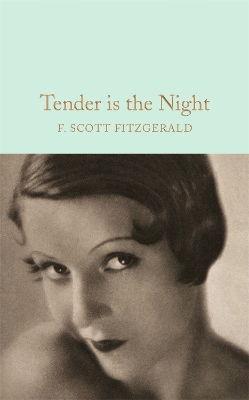Reviewed by Michael @ Knowledge Lost on
In 1932 Zelda Fitzgerald was hospitalised for schizophrenia, although there have been huge debates since as to whether she should have been diagnosed with bi-polar disorder (if it was classified back then) instead. While Zelda was being treated at the Phipps Clinic at Johns Hopkins Hospital in Baltimore, she had a burst of creativity. Over six weeks she wrote her only novel Save Me the Waltz which was published the same year. The novel was semi-autobiographical and when F. Scott Fitzgerald read it he was furious that she shared so much of their personal life within the book. Even though Scott shares a lot of their lives in his own novels, the anger may have to do with the fact he planned to use the material for his next novel Tender is the Night. It is hard to tell how much of Scott’s novel is based on real life and how much is just written in anger towards his wife, I will have to read Save Me the Waltz to make up my own mind.
While Nicole Diver is heavily based on Zelda Fitzgerald, it is up to the reader to make up their mind about Dick and if F. Scott Fitzgerald based this character on himself. I personally think there is a lot of Scott in this character and he wants to portray himself as the handsome, intelligent husband that is devoted to his wife, looking after her through her mental illness. However this is where it gets a bit passive aggressive; Tender is the Night chronicles the downward spiral of Dick Diver’s life. As the novel progresses you begin to see just how this lifestyle and his marriage effects Dick to the point where he is nothing but a shell of his former self.
There are some interesting themes worth exploring within this novel; for me I was mostly interested in the ideas of appearance and reading about F. Scott Fitzgerald’s thoughts about being married. There is such beauty within the writing, but then there is so much sadness to be found as well. I found this to be a heart-breaking novel and the fact that this is based so much on his own marriage just makes things worse. I’m planning to read Save Me the Waltz very soon, just so I can compare the two novels.
This review originally appeared on my blog; http://literary-exploration.com/2015/01/30/tender-is-the-night-by-f-scott-fitzgerald/
Reading updates
- Started reading
- 28 January, 2015: Finished reading
- 28 January, 2015: Reviewed
